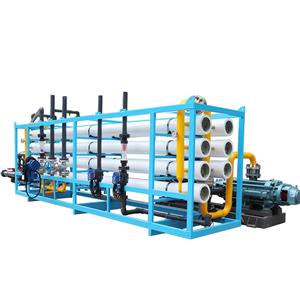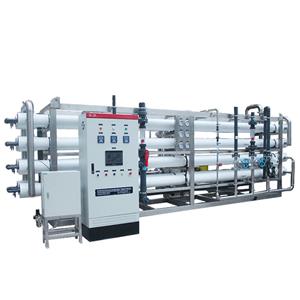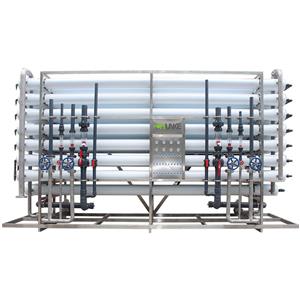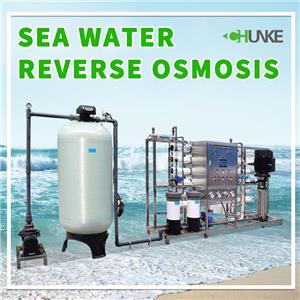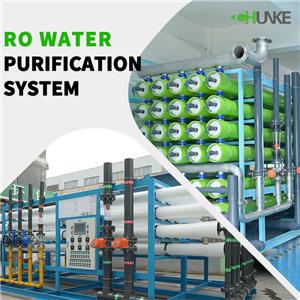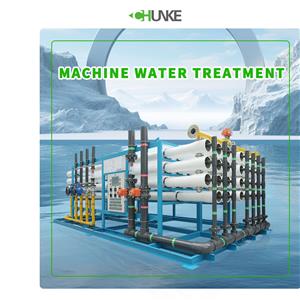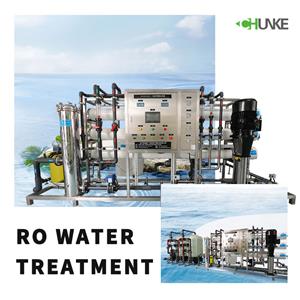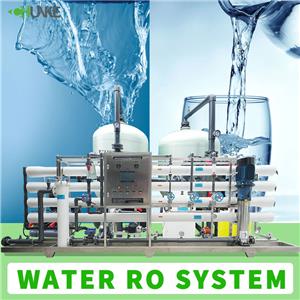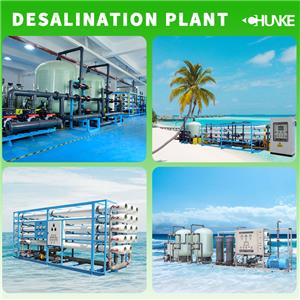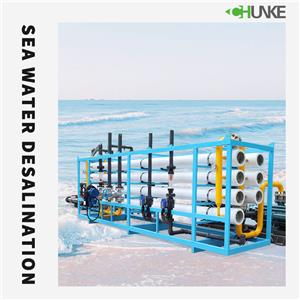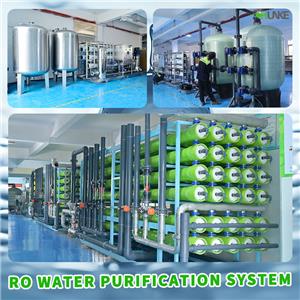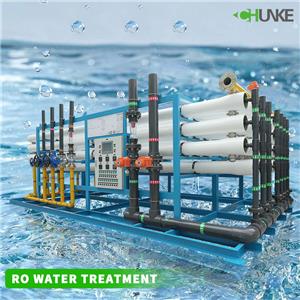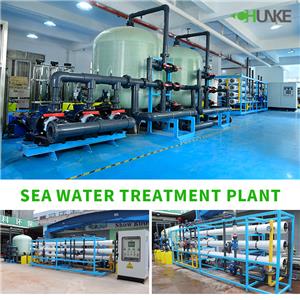-
05-07 2024
Is reverse osmosis suitable for seawater desalination?
Reverse osmosis technology is not only suitable for seawater desalination, but is one of the most advanced, effective and environmentally friendly seawater desalination technologies currently available. This method shows extremely high efficiency in the seawater desalination process and can quickly convert seawater into clean fresh water. Reverse osmosis technology uses less energy and produces significantly fewer greenhouse gas emissions than other desalination methods.
-
05-06 2024
What is the difference between a RO water purification system and conventional filtration?
1. Differences in filtration technology: 2. Differences in filtering effects: 3. Maintenance and usage costs:
-
05-02 2024
What are the most common water treatment methods?
The most common water treatment methods include boiling, filtering, and using water treatment equipment. These methods are widely used worldwide to ensure the quality and safety of drinking water.
-
05-01 2024
What does a reverse osmosis water treatment system do?
The main function of a reverse osmosis water treatment system is to provide high-quality purified water. Sediments and chlorine are removed from the water through a pre-filter, which then forces the water through a semi-permeable membrane, removing dissolved solids and impurities. This process effectively removes heavy metals, chemical pollutants, salt and other harmful substances from the water.
-
04-26 2024
Is drinking reverse osmosis water healthy?
Drinking reverse osmosis water is healthy for most people. Reverse osmosis technology provides people with purer drinking water by removing most of the impurities in the water, including heavy metals, chemicals and bacteria. If you have certain health conditions, such as acid reflux or gastrointestinal ulcers, you may want to talk to your doctor to see if drinking reverse osmosis water is right for you.
-
04-26 2024
Does reverse osmosis(RO) work on seawater?
Reverse osmosis is a membrane technology widely used in the field of seawater desalination. Its basic principle is to utilize a semi-permeable membrane. When seawater passes through this membrane, most dissolved substances (such as salts, impurities and microorganisms) are effectively rejected, and only pure water penetrates to the other side. Through this process, seawater is converted into fresh water for human use.
-
04-25 2024
What are two reasons why sea water desalination is not widely used?
1. High energy demand: The most important technology in the seawater desalination process is reverse osmosis (RO) technology, which requires a large amount of energy to drive a high-pressure pump to filter seawater through a semipermeable membrane. 2. Expensive technology costs: In addition to high energy requirements, sea water desalination plants also need to invest a lot of money to purchase and maintain reverse osmosis membranes, high-pressure pumps and other equipment, and perform regular maintenance and updates.
-
04-25 2024
Is a home reverse osmosis water purification system worth it?
Household reverse osmosis water purification system is an important means to improve the quality of household drinking water and protect household water equipment. Although there are some disadvantages, such as wastewater discharge and higher initial investment, its advantages such as efficient purification, easy operation, space saving and energy saving make it an ideal choice for many households.
-
04-24 2024
What is the principle of reverse osmosis water treatment system?
The working principle of the reverse osmosis water treatment system is based on the reverse osmosis principle of the reverse osmosis (RO) membrane. A reverse osmosis membrane is a highly efficient filtration material that allows water molecules to pass through but blocks most salts and other impurities dissolved in the water. This process purifies water by applying pressure to move water through a membrane from the side with higher salt concentration to the side with lower salt concentration.
-
04-22 2024
What is a seawater treatment plant?
The first step in a seawater treatment plant is the transport of seawater from the ocean to the treatment plant by an inlet pump. Seawater contains a large amount of salt and impurities, so it needs to go through a series of pretreatment steps before entering the desalination system. These pretreatment steps include filtration, desalination and disinfection to ensure that the raw water quality meets the requirements of the desalination system.

